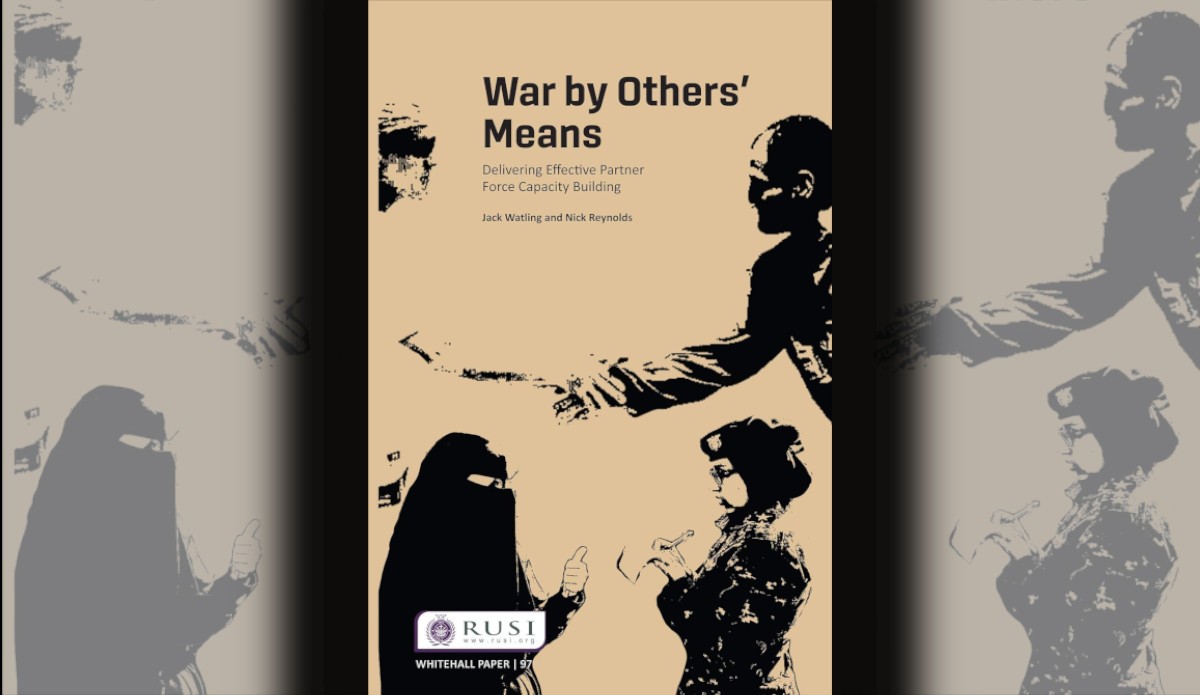South Asia: The Prospect of Nuclear Disarmament After the 1998 Nuclear Tests in India and Pakistan
In spite of the international condemnation and remedial efforts after the May 1998 Indo-Pakistan nuclear tests, the situation in South Asia has subsequently been an action-reaction of missile race, local war, full-fledged nuclear weapon program and coup d'etat. International arms control regimes such as the Treaty on the Nonproliferation of Nuclear Weapons (NPT) and the Comprehensive Test Ban Treaty (CTBT) have been hampered. South Asia as a whole has become a more dangerous place and a range of international efforts have not worked as expected. Even more pessimistically, it may be that nobody can do anything significant to change the South Asian situation.
This could be true. There is no panacea for nuclear disarmament in South Asia. Such disarmament will be a protracted process, intertwined with expediency and relentless bargaining within and beyond the region. Although, at this stage, India and Pakistan appear unlikely to conduct nuclear tests again, they will spare no efforts towards modernisation and deployment of nuclear weapons. India refuses to join the NPT. In the absence of Indian commitment to the NPT, it is unlikely that Pakistan will sign the treaty. India and Pakistan may sign the CTBT, as they have pledged, but the recent coup in Pakistan and the refusal of the United States Senate to ratify the CTBT make such a possibility even further remote. The Fissile Material Cut-off Treaty (FMCT) and controls on the export of fissile materials are negotiable, in that they are long-term objectives and are not necessarily associated with India and Pakistan alone.
The question of nuclear disarmament is never why, but how and when. The author argues that the solution lies in India and Pakistan discovering how nuclear disarmament in South Asia best serves their national interests and also how wider international nuclear disarmament progresses. A simultaneous three-level approach is suggested. This comprises some concrete proposals as to what could be done between India and Pakistan, between the international community and India and Pakistan, and last but not least, among all nuclear-weapon states. The author concludes that South Asian nuclear disarmament is now part of global nuclear disarmament, making this issue more complicated.
| Attachment | Size |
|---|---|
| 108-the_prospect_of_nuclear_disarmament_after_the_1998_nuclear_tests_in_india_and_pakistan_z.bo_.pdf (1.19 MB) | 1.19 MB |
Publication Date



